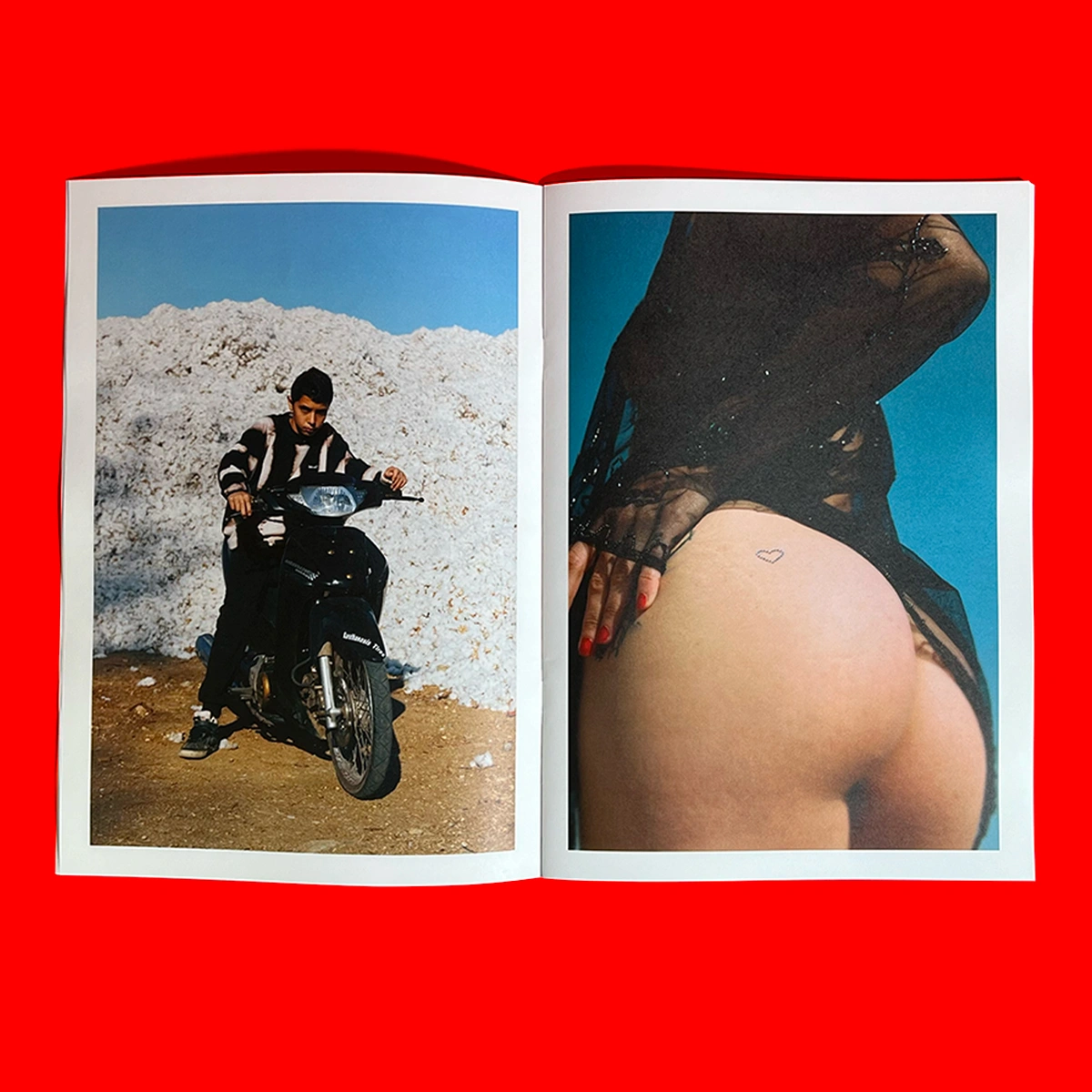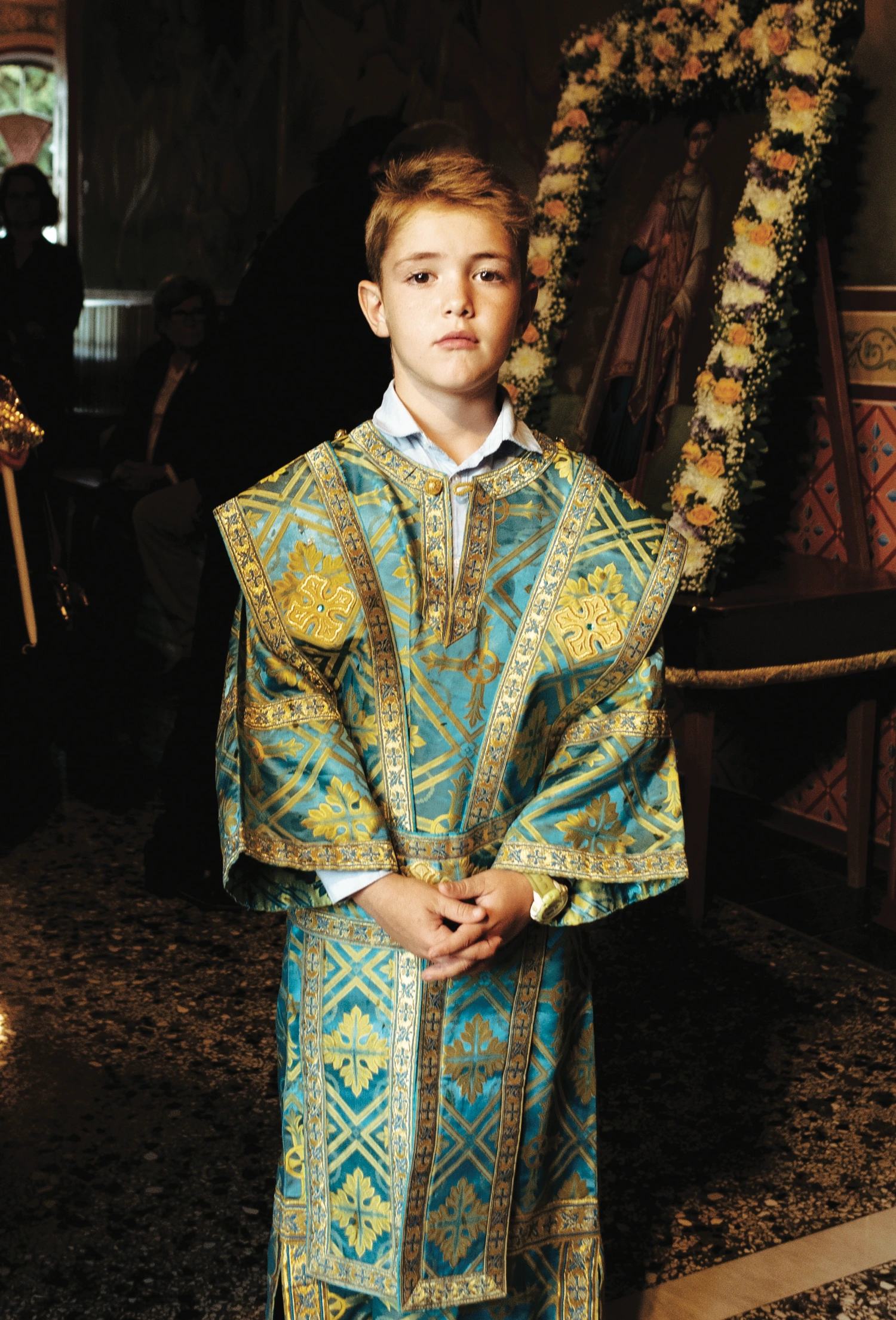Theodoros Gennitsakis’ ΧΑΟΣ is an intimate, 48-page zine that resists the flattening gaze of globalized aesthetics. First unveiled during his debut photography exhibition in Athens in April 2025, ΧΑΟΣ is less a publication than a personal cosmology: a visual essay on the contradictions of Greek identity, filtered through the lens of PRESSURE, the subcultural brand he founded.
Born in Paris to Greek parents, Gennitsakis navigates the interstices of diaspora and homeland, fashion and folklore, queerness and orthodoxy. His zine documents life in and around Serres, a northern Greek town often omitted from the country’s dominant visual narratives. Through portraits of friends and family, landscapes, animals, religious icons, and fleeting moments of joy or stillness, Gennitsakis captures a rarely seen side of Greece—one shaped by beauty, contradiction, and rocky emotional terrain.
The images in ΧΑΟΣ are not just snapshots but fragments of a lived mythology. They oscillate between the sacred and the profane, the staged and the spontaneous. A priest’s silhouette might share the frame with a graffiti-tagged wall; a tender embrace might echo ancient statuary. This duality is not incidental but foundational. As noted in the zine’s description, ΧΑΟΣ fuses dualities: urban and rural, classical and contemporary, religious imagery and pagan energy, queer and straight, subculture and mainstream.

The zine’s physicality reinforces its thematic concerns. Housed in a semi-transparent red sleeve adorned with a custom sticker of a classic Greek priest, it invites tactile engagement. The choice of materials and design elements reflects a reverence for both the sacred and the subcultural, aligning with the collaborative ethos of PRESSURE X HYPER HYPO—a merging of a common reverence for art and street, city and countryside, classical and contemporary, religious imagery and pagan attitude, queer and straight, cult and mainstream, love and love.
Gennitsakis’ work resonates within a broader context of contemporary artists who interrogate national identity through personal and communal narratives. His approach aligns with a lineage of practitioners who challenge monolithic representations of culture, offering instead a mosaic of lived experiences. In ΧΑΟΣ, the personal becomes political, the local becomes universal, and the chaotic becomes coherent.
As a precursor to his forthcoming book set for release in September 2025, ΧΑΟΣ serves as both an archive and a manifesto. It asserts that identity is not a fixed construct but a dynamic interplay of histories, geographies, and desires. In embracing the contradictions inherent in his heritage and experiences, Gennitsakis offers a compelling vision of contemporary Greekness—one that is as multifaceted and vibrant as the images within his zine.



















